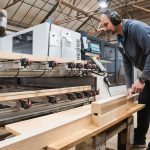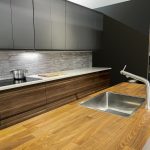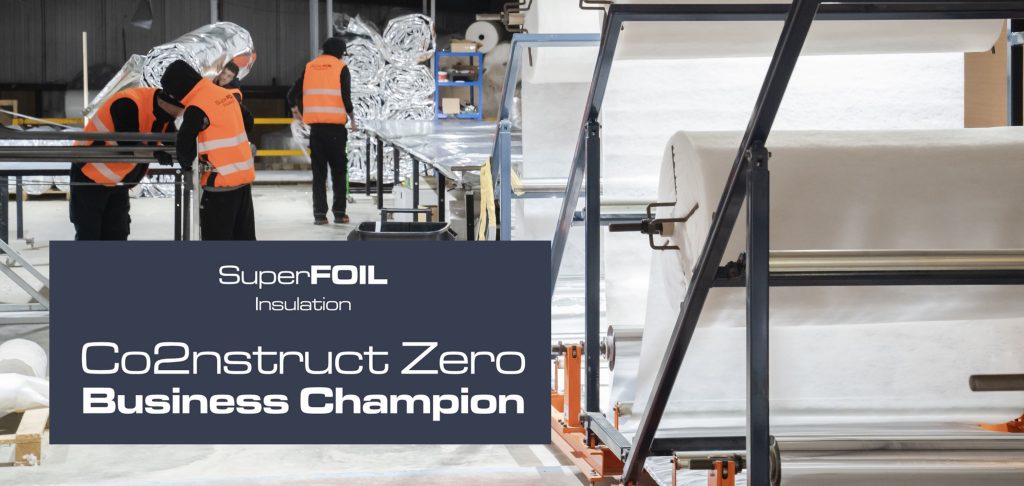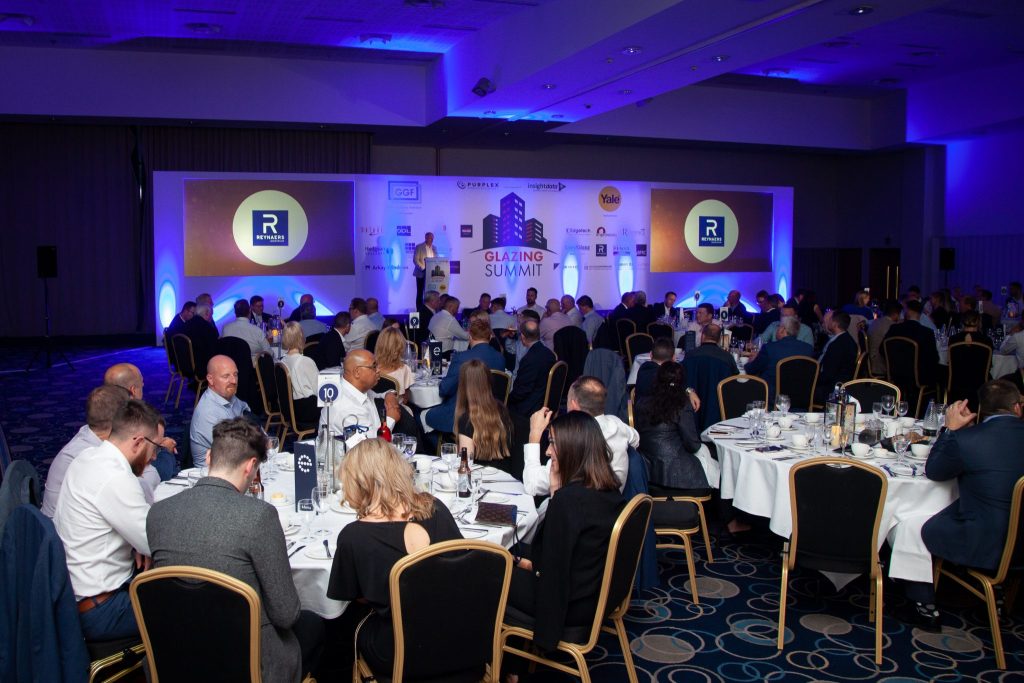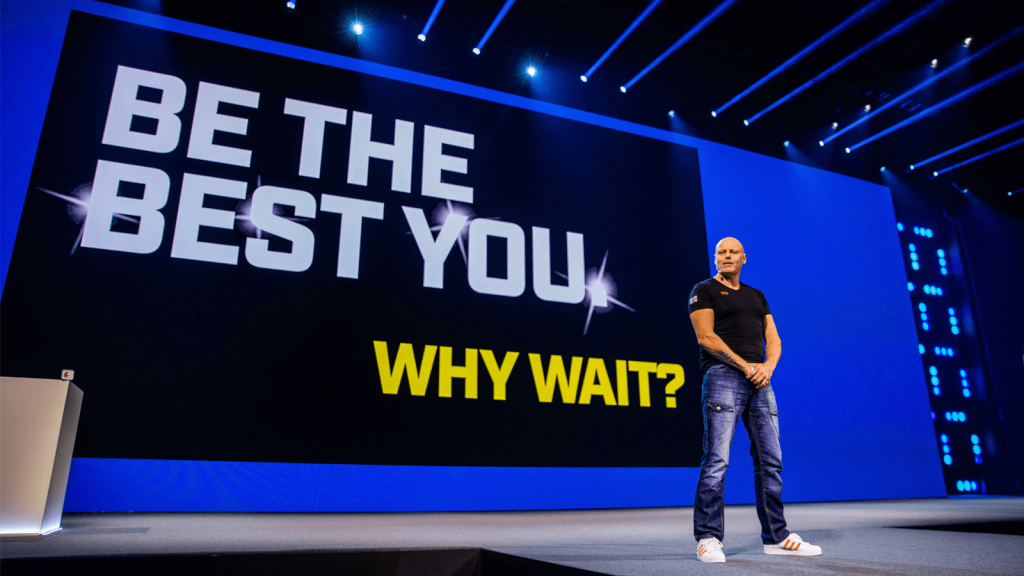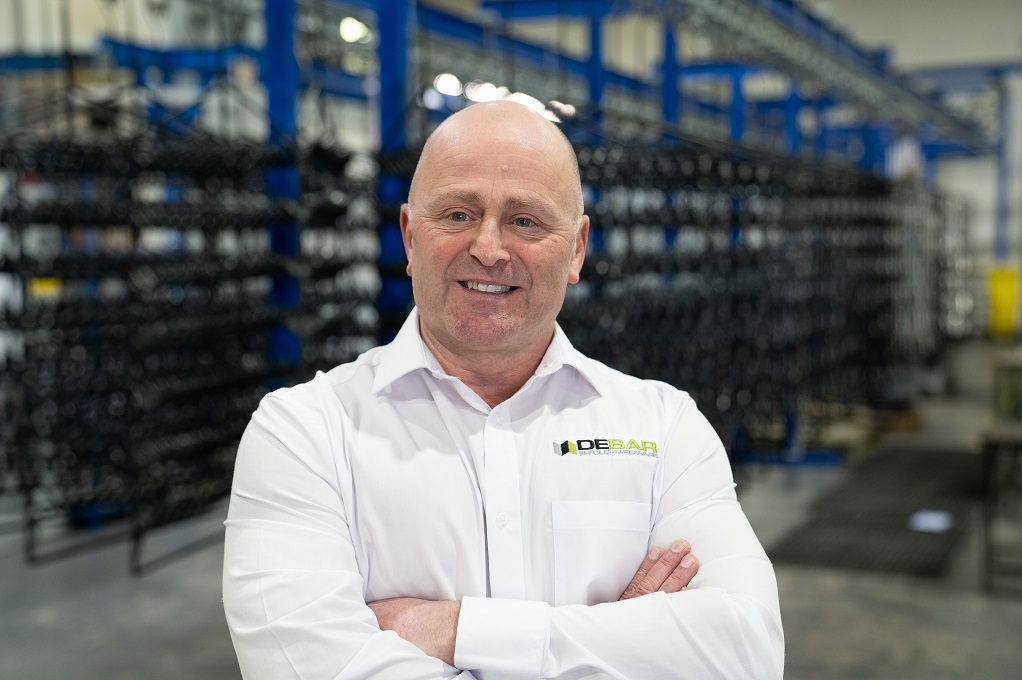A window to the future
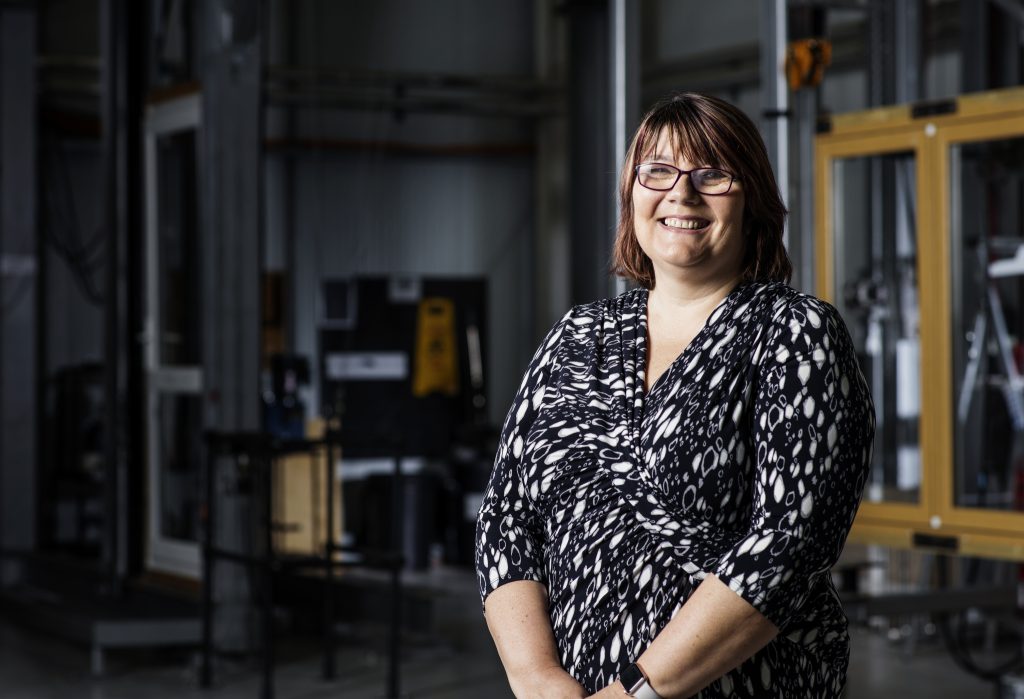

BSI’s Lorraine Balch
SS: What are the main factors shaping fenestration product development at the moment?
LB: The renaissance of renovation: Due to a rapidly changing political and economic landscape, and with uncertainties surrounding Brexit continuing, there has been a drop in consumer confidence in the housing market. As a result, more consumers are looking to renovate their home rather than investing in new property; driving demand for high-quality, design led re-installed products.
Investment in energy efficiency: With pressure from European authorities to improve the energy efficiency of buildings, more focus has been placed on innovation around smart window technology.
New security measures: It is estimated that every household in the UK owns at least 10 internet connected devices, with this number expected to increase to 15 by 2020. Connected devices using the Internet of Things and automation technology has expanded its reach into window and door products, helping to drive a new wave of home-security products.
SS: What are the key considerations when specifying window products?
LB: Key considerations according to the Glass and Glazing Federation include:
- The need to provide a weatherproof solution
- The need to provide natural light and ventilation
- Design for safety in use: Means of escape in case of fire; security against unauthorised entry; design for safety when cleaning and for maintenance
SS: Why is aluminium such a popular frame material in 2018?
LB: In the last year, aluminium window sales grew by 26% and their installed value increased by 28%. The rise in popularity for this material has not only been driven by aesthetic trends in the residential sector, but it is also adopted in the construction industry due to a number of benefits which include durability, security, thermal stability and recyclability.
Aluminium frames are increasingly being used by architects in commercial spaces to create more light within buildings as they offer greater window spans than PVC-U alternatives.
SS: It is suggested in a recent BSI fenestration industry report that millenials entering the housing market are having an impact on the construction sector – Can you explain this?
LB: Millenials are the generation of young adults aged between 25 and 34. According to the UK government, they make up 13.9% of the UK population. Combining this number with the fact that 96% of millennials own a smartphone and their use of this technology to manage their daily lives, it can only be expected that the way in which the spaces that they live and work in will ultimately be shaped by their demand for connectivity.
SS: What are fenestration product manufacturers doing to meet the needs of millenials?
LB: Many manufacturers are using profile systems that come in a vast array of colours to enable people to add personality to their projects, which could be attributed to satisfying the needs of those millennials looking to individualise their homes.
SS: How important are energy efficient products to the next generation of property owners?
LB: Energy efficient products are very important for the next generation of property owners. In particular, there is a growing demand for energy efficient windows. This has come from both European political directives to reduce energy consumptions and emissions, as well as the UK’s smart-meter mission which looks to reduce energy consumption by 20% in 2020, alongside the growing adoption of smart homes.
Inwido reports that by 2027, one in four homes will be fitted with smart technology to enhance the security and energy efficiency of homes. This rise in popularity is fuelled by millennial home owners looking to create a more sustainable home environment which can be controlled through their smart devices.
SS: Have there been any developments in solar energy/technology with regard to fenestration products?
LB: Developers across the globe have been testing new ways in which solar energy can be absorbed through transparent materials so that they can be fitted onto fenestration products. One of the most popular smart home features is the use of solar cells fitted on windows, walls or roofs which allow the home owner to lower their energy bills and increase efficiency through smart energy storage and distribution. These advancements show how important energy efficient products are to the next generation of property owners.
SS: How great is the impact of the Internet of Things (IoT) on the fenestration product sector?
LB: The impact of IoT on the fenestration sector is likely to be huge, however the market currently lacks clear best practice and standards for IoT. It’s therefore important to consider the credibility of IoT products.
BSI has created a strong, dynamic IoT community to help shape new opportunities, create best practice and increase confidence and trust. In addition, through our purpose-built IoT laboratory we offer assurance for IoT functionality, security and interoperability. This provides consumers with the assurance that their IoT enabled product will work as expected, safely and securely.
SS: Recent research has suggested the emergence an ‘indoor generation’, spending 90% of their time indoors. Are fenestration product manufacturers taking steps to tackle this – and if so, what are they doing?
LB: Market leaders are tackling these issues is by creating smart window technology that can control the air quality of rooms through IoT processes. For example, Anderson windows can open and close windows through sensor technology to improve the air ventilation of a room.
SS: How is Building Information Modelling (BIM) transforming the fenestration sector?
LB: It is transforming fenestration in a similar way to how it’s affecting other construction product areas; the traditional shop window (catalogues, websites etc) are starting to be replaced by online libraries containing models and, most importantly, data sets pertaining to products. These are being downloaded and used in the design and specification phase. If manufacturers don’t have a good understanding of BIM and accurate BIM Level 2 compliant data available, it is possible that many manufacturers may see their traditional customer base move to other suppliers who are providing this data, and these models.
SS: What, in your opinion, is the future of fenestration products?
LB: With £50.89 billion–worth of home improvements expected to take place in the UK over the next six months, it’s important for vendors to understand what product trends are driving consumer choices. There are three key trends to take note of for the future, which reflect consumer desires to create a more luxurious interior finish in their home with windows and door products.
- Dual colour frames: A popular trend for those renovating their homes is the use of coloured PVC-U window frames. With most of the market leading window specialists offering an extensive range of colours, including bespoke colour matching services, there are now more affordable options for home owners to choose from. This popularity has also driven an increase in manufacturers offering dual colour frames, which were the most in-demand products across the UK window industry in 2017.
- Sustainable solutions: As more consumers reinstall PVC-U windows into their home, there is an increasing demand for installers and suppliers to meet environmentally-friendly standards when removing products. Waste generated through replacements creates a negative impact on the environment. The UK accounts for sending tens of millions of products to the landfills and only 5% of them are currently recycled.
- The rise of aluminium: With more suppliers creating ultra slim line aluminium frames for both residential and construction purposes there is clearly and opportunity for manufacturers and suppliers to continue to innovate the design and functionality of aluminium products heading into 2019.



